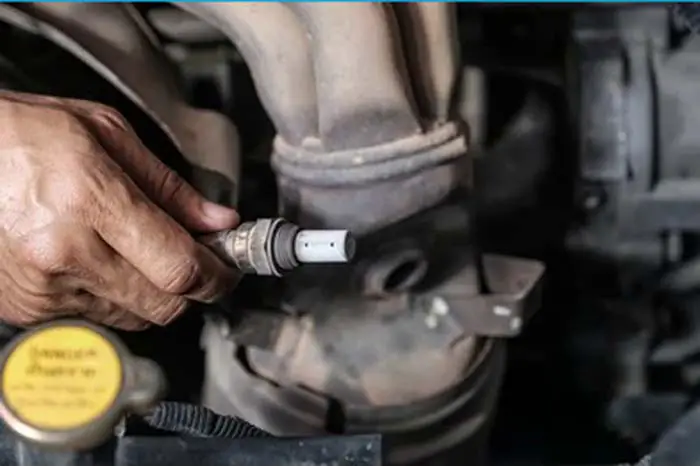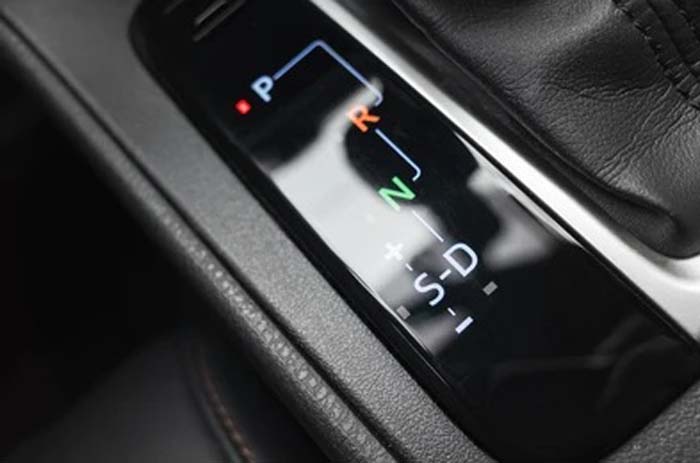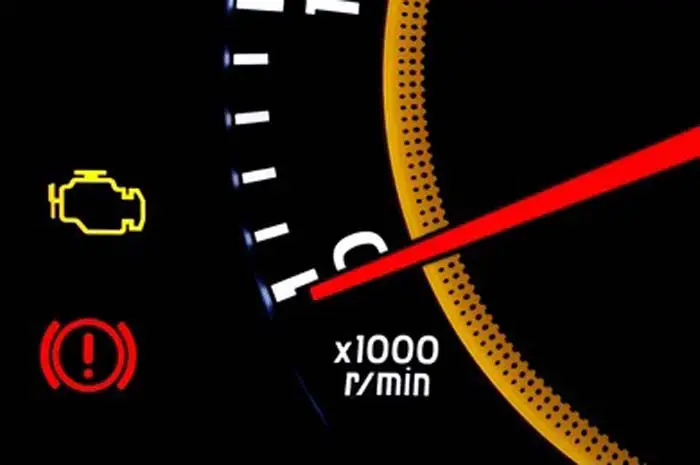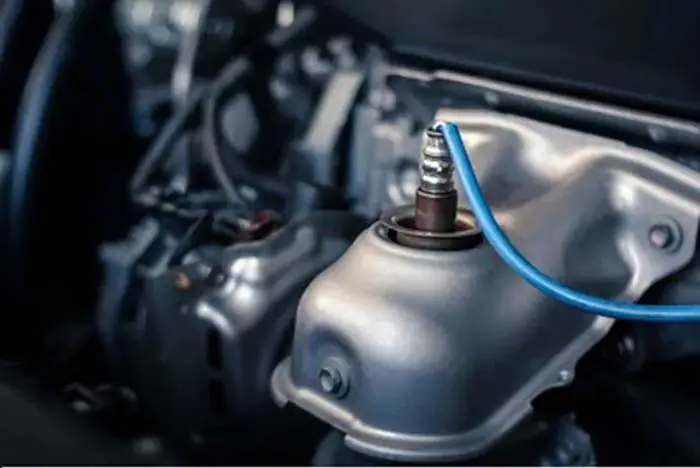
The oxygen sensor, also known as the O2 sensor, is a part of the exhaust system used to monitor the level of oxygen in the exhaust gases. It measures the amount of oxygen in the exhaust emission to adjust the air-fuel ratio.
The main function of the oxygen sensor is to reduce toxic gases. The oxygen sensor produces a voltage when it gets hot. It generates voltage from 0.1 to 0.9 volts. A 0.1 volt indicates a lean mixture while a 0.9 volt indicates a rich mixture.
The oxygen sensor is located in the exhaust manifold. Below is a comprehensive explanation of the oxygen sensor location.
Related Post: Oxygen Sensor In A Car, How It Works, & Construction
Where Is The Oxygen Sensor Located
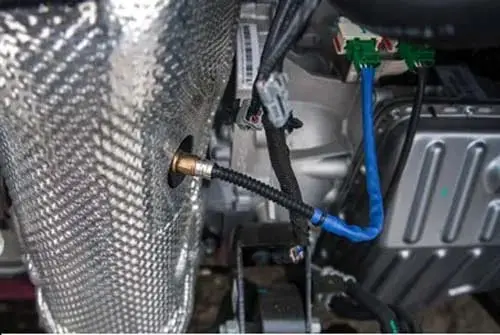
The oxygen sensor is located on the exhaust manifold, usually at the inlet and outlet of the catalytic converter. The quantity of oxygen sensors depends upon the number of the exhaust pipe.
As for each exhaust pipe, there should be one catalytic converter, and for every catalytic converter, there are two oxygen sensors, one before the catalytic converter and one after the catalytic converter.
The number of oxygen sensors for a car also depends on the make, model, year, and engine. Older cars usually had one oxygen sensor and were located in the exhaust pipeline.
But in modern days, most cars have two oxygen sensors typically; four-cylinder engines have two oxygen sensors, one before the catalytic converter close to the engine and one after the catalytic converter close to the muffler.
Some cars have two or four sensors, but some have odd numbers, like one or three. Maximum cars built after 1996 have at least two oxygen sensors. The oxygen sensors have wires from 1-4.
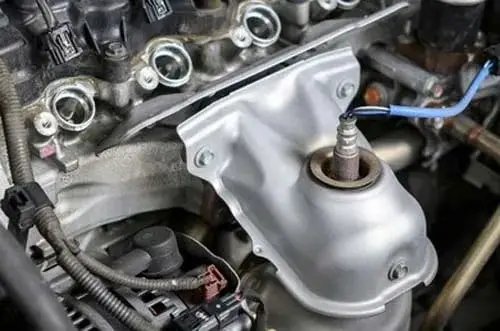
The oxygen sensor is located before the catalytic converter, also called the Upstream Oxygen Sensor, Pre Cat Sensor, or Sensor 1. It is usually located on the exhaust manifold, usually under the hood, close to the engine. This sensor is used to detect the un-burnt oxygen in the exhaust gas after the combustion.
Related Post: What Causes An Oxygen Sensor To Fail
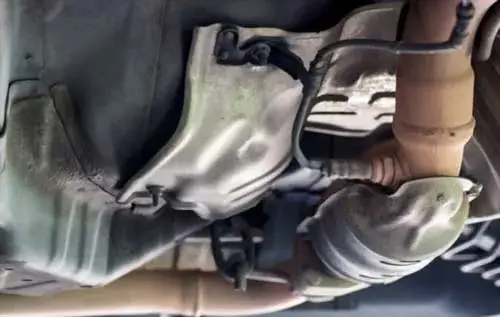
The rear oxygen sensor located after the catalytic converter, also called the Downstream Oxygen Sensor, Post Cat Sensor, or Sensor 2, is usually located under the vehicle close to the muffler.
This sensor is used to observe the amount of oxygen in the exhaust gas after being treated by the catalytic converter. Both sensors are used by the ECU to maintain the air-fuel ratio and to decide the exact amount of air fuel to be sent to the engine cylinder.
Related Post: Oxygen Sensor: 1, 2, 3, 4 Wire O2 Sensor Wiring Diagram
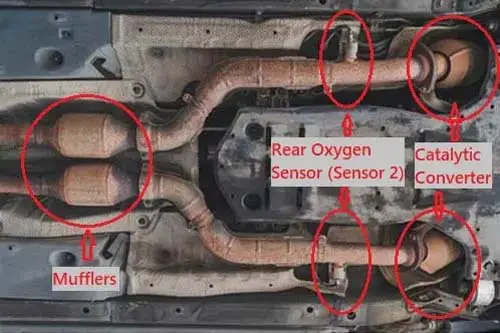
Dual exhaust cars such as v6 or v8 engines have four or sometimes three oxygen sensors. Two sensors for each exhaust manifold pipe before the catalytic converter, closer to the engine, and, one after the catalytic converter for each exhaust manifold pipe.
Related Post: What Are Bank 1 And Bank 2
Frequently Asked Questions (FAQs)
If your check engine light is on, one possible reason is a faulty oxygen sensor. These sensors are relatively easy to replace, and you can do it yourself with a few tools. You’ll need to know which type of oxygen sensor your car has and what size wrench to use. Oxygen sensors are located in different places on different types of cars, so you’ll need to consult your car’s manual or do a little research online.
If your car’s oxygen sensor is broken, you may be wondering how long you can continue to drive. The answer is that you can usually drive for a couple of days, but the consequences can be severe. Without an oxygen sensor, your car will run less efficiently, and it may also produce more emissions. In addition, a broken oxygen sensor can cause your car to misfire, which can lead to engine damage.
Sign Up

